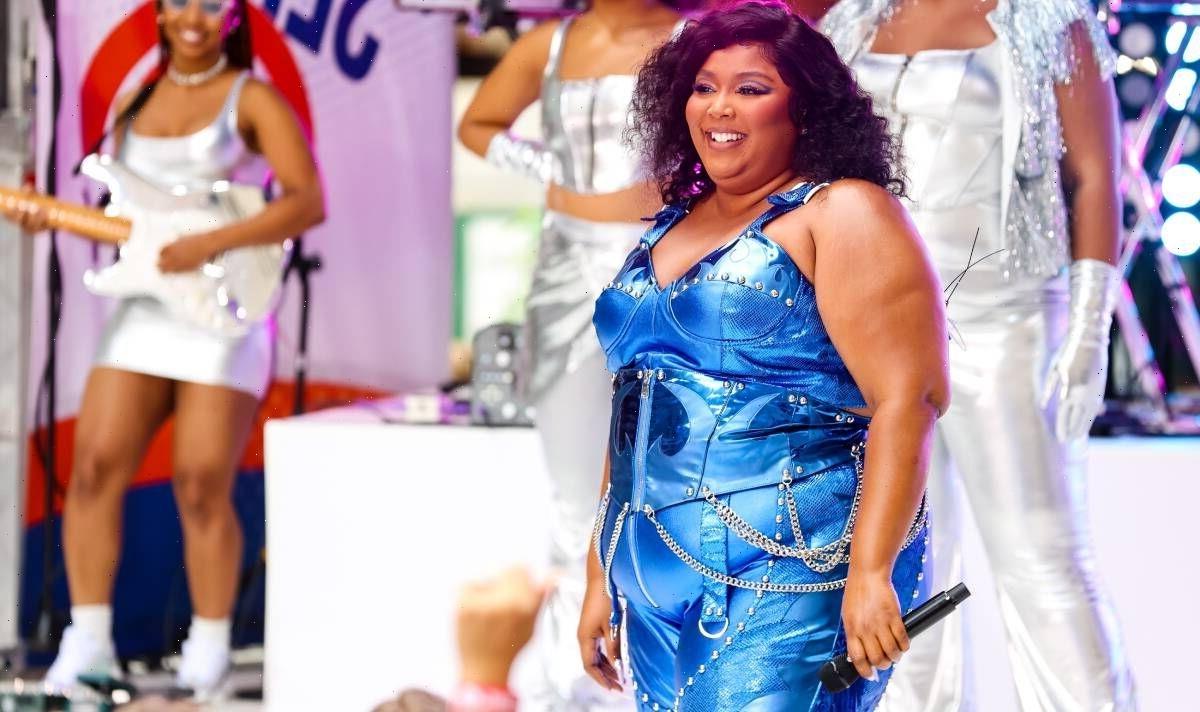A month of joy, celebration, openness and vibrance couldn’t be a better recipe for children; so it stands to reason that we should make them a part of the inclusivity of the LGBTQ+ community and its uplifting movement.
In its groundbreaking 50th year, Pride continues to raise awareness of the prejudices the LGBTQ+ community face; with the current climate in many forms making it more valuable than ever to inform and encourage the future generations.
From the start, Pride has been a form of protest to ensure that the world grows more acceptance, with hopes that the future will be a safe and inclusive place for everyone, no matter what their sexuality.
This future belongs to our children and, while things improve every year to a degree, they will be the ones to make a real change.
The fact that we are even talking about it now and have much wider celebrations and discussion is a positive thing; and that baton needs to be passed through generations so things can get better and better; and much more quickly.
The best way to do this is through encouragement and information, so how can we all celebrate with our little ones – in Pride Month and beyond?
Firstly, simply explain what LGBTQ+ Pride means
It seems obvious, but the starting point should be a discussion around the many different identities that people have across the world.
Start by breaking down the acronym and discuss each one; dissecting into manageable but positive explanations.
Discuss what Pride is for and explain without creating any fear, that the community has faced so many obstacles.
Focus on the joys of Pride as much as the reasons behind it; parties, colours, happiness and everyone being included are things that children can understand from a very young age.
Encourage questions
Children are not born with prejudice, so inviting them to ask their own questions and not forcing opinion onto them is important.
When children speak to you about LGBTQ+ identities and Pride, there is a lot for them to take in.
Questions are key and, if you don’t necessarily know the answer or, more commonly, if there isn’t a one-answer-fits-all, then invite the children to find out with you.
Their journey is your journey; you may learn from them, too, by considering things lost to you that can only come from the mind of a child, relatively untarnished from the more complex issues faced.
Dive into Pride related literature
There is a rich history of Pride in both fiction and non-fiction books. With something for all ages, whether it just be stories with inclusive families or an in-depth dive into the journey of the LGBTQ+ movement to date, there is a wealth of information.
The literature may start from the very first Pride at Stonewall, to teaching the struggles and prejudice the community had to face since then to get to today’s Pride.
You can include stories about notable people that have shaped the LGBTQ+ community over the years; from a long time ago to those who are still doing so now.
There are many books which are easily presented and digestible to children; tailored to their ages.
Some notable fiction books for younger children include; My Magic Family by Lotte Jeffs, which is a catchy rhyming book from the perspective of a little girl with two mums.
Meanwhile, My Daddies by Gareth Peter is a fun, picture book which is engaging and colourful, and introduces children to the many kinds of families, while at the same time normalising them.
For older children, Love Frankie, written by Jacqueline Wilson, is a relatable tale of a 14-year-old girl who is starting to question her sexuality.
While we should start the conversations early, that doesn’t mean we shouldn’t continue them into teenage years and even beyond, and if your children have felt comfortable from an early age discussing this with you, it is more likely to transcend into later years.
Not all books have to be directly about sexuality but can include the themes; with characters involved in a plot while just happening to have LGBTQ+ identities.
Strong examples of teenage fiction which don’t rely on focusing on LGBTQ+ but have it simply exist as part of their world, include Magnus Chase and The Hammer of Thor by Rick Riordan.
In this, the main character is bisexual or pansexual but is deliberately never stringently labelled while his partner Alex is gender fluid.
Seeing characters that they can identify with no matter who they are, and also seeing that they can have adventures and be heroes, makes fiction accessible to every child.
Stranger than Fan-fiction by Chris Colfer is, again, a story independent of LGBTQ+ issues as a whole, but also covers the themes regularly through characters and their identities, which just happen to be secondary to their part in the plot. In particular it covers the anxieties and small, yet insensitive questions faced by the trans community.
And, away from fiction, the informative Queer, There, and Everywhere by Sarah Prager, covers many notable names from LGBTQ+ over the years; and stories can be read to any age; with parents able to select stories to read and share, and make them age-appropriate themselves.
These books are just the tip of a very colourful iceberg which discusses LGBTQ+ issues in various ways and are an excellent starting point in creating interest and prompting questions and discussion points.
Encourage discussion with family and friends
Every person you know has a story to tell, with different circumstances.
Thankfully, discussions are becoming more open and, for those comfortable, you can ask loved ones to tell their journeys with children.
When children are able to directly relate to someone they know and love, it becomes easier for them to understand that there is no wrong story.
Donate to an organisation in support of the LGBTQ+ community or do some fundraising
Equality and empathy are the cornerstone of educating children on anything, so a cause like LGBTQ+ support, can be used as a great resource both to teach children, but to encourage to learn about prejudices and how they themselves can make a difference.
If we are talking to children about challenges the community faces, it is also important to give hope that changes can be made, and things can be better for their generation.
Supporting a charity or organisation that is striving for this change gives the children some control and allows them that feeling that they are doing something.
Make the donation together, use the websites or those involved to talk around what the charities do; most will love speaking to the people of the future who will carry on their fight.
Organisations range from Stonewall, which actively fights for change or MindOut, which focuses directly on mental health issues faced by the community.
Colours Youth Network fights to create spaces where LGBTQ+ young people of racial, cultural, spiritual, and religious identities are centred, while Hidayah LGBT promotes inclusion and fights back against injustice specifically to serve queer Muslims across the world.
These are just some examples of charities that can help your child gain a wider view and which they can embolden themselves by supporting.
Suggest your child could maybe sell some unused toys to help the causes too; you’d be amazed how many kids are actually up for this when it means they are doing something positive.
Join a parade or create a community one
There will be a lot of Pride events around the country, but if there’s not one close by, or your children fancy being more creative themselves, why not host one within your community?
Get the kids to make bunting and decorations, draw pictures, have face paint and put on a fashion show where they can dress to express.
Pride can and should be fun; and this will give children a day they will remember and one they will always relate to inclusivity.
You could also jointly create a playlist together involving artists and songs from, or relating, to the LGBTQ+ community.
Arts and crafts
This one’s easy and endless fun. Get those rainbow paints and pens out and start creating some beautiful Pride artwork.
This is where imaginations can run wild, as they always do with children, if you encourage it.
With the sun shining, get some rainbow chalk and let them loose on the patio slabs or driveways outside.
Your house, inside and out, will be awash with colour and it really is extremely fun.
No matter what you do this Pride, it’s most important that you express the love around it with the passion you have, as this is so infectious to children.
Celebrating Pride Month in all of the different ways will not only educate your children and make them more inclusive humans, but it will be such fun that they will want to take part in it all year round.
Do you have a story to share?
Get in touch by emailing [email protected].
Metro.co.uk celebrates 50 years of Pride
This year marks 50 years of Pride, so it seems only fitting that Metro.co.uk goes above and beyond in our ongoing LGBTQ+ support, through a wealth of content that not only celebrates all things Pride, but also share stories, take time to reflect and raises awareness for the community this Pride Month.
And we’ve got some great names on board to help us, too. From a list of famous guest editors taking over the site for a week that includes Rob Rinder, Nicola Adams, Peter Tatchell, Kimberly Hart-Simpson, John Whaite, Anna Richardson and Dr Ranj, as well as the likes of Sir Ian McKellen and Drag Race stars The Vivienne, Lawrence Chaney and Tia Kofi offering their insights.
During Pride Month, which runs from 1 – 30 June, Metro.co.uk will also be supporting Kyiv Pride, a Ukrainian charity forced to work harder than ever to protect the rights of the LGBTQ+ community during times of conflict, and youth homelessness charity AKT. To find out more about their work, and what you can do to support them, click here.
For Metro.co.uk‘s latest Pride coverage, click here.
Source: Read Full Article




